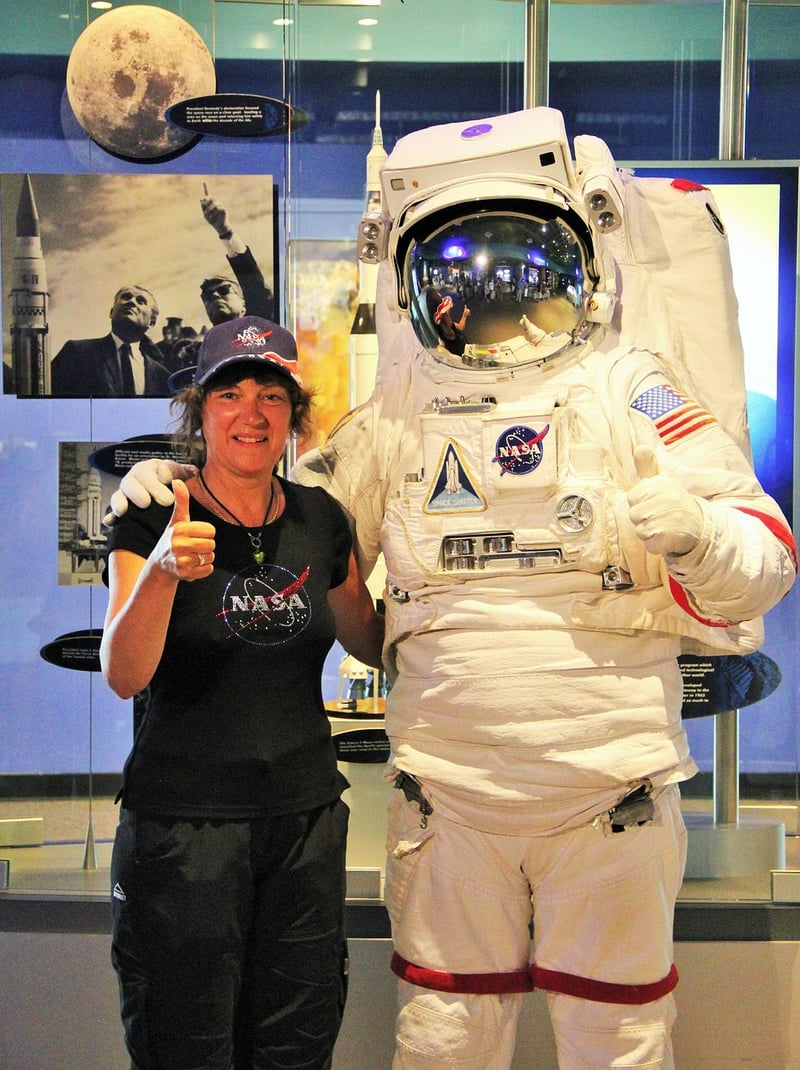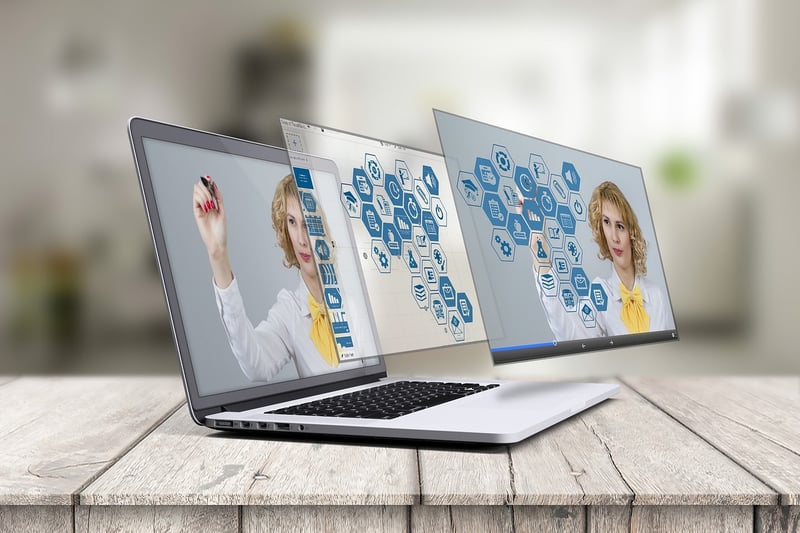Holographic Interfaces
The Future of Space Exploration: Cutting-Edge Technologies and Holographic Interfaces
Space exploration has always been at the forefront of technological innovation. From the early days of space travel to the current missions to Mars and beyond, advancements in technology have played a crucial role in pushing the boundaries of what is possible. One of the most exciting developments in this field is the integration of cutting-edge technologies with holographic interfaces, revolutionizing how we interact with space systems and data.
Advancements in Space Technologies
Over the years, space agencies and private companies have developed a wide range of advanced technologies to enhance space exploration. These include:
- Reusable Rockets: SpaceX's Falcon 9 rocket has revolutionized space travel by making rocket launches more cost-effective and sustainable.
- Ion Propulsion: NASA's ion propulsion systems enable spacecraft to travel farther and faster than ever before.
- Autonomous Rovers: Rovers like NASA's Perseverance are equipped with AI systems that allow them to navigate and conduct experiments autonomously on distant planets.
The Rise of Holographic Interfaces
Holographic interfaces represent a cutting-edge way to visualize and interact with complex data in space missions. By projecting 3D images into physical space, holographic interfaces offer a more immersive and intuitive way to analyze information. Some of the key benefits of holographic interfaces include:
- Enhanced Visualization: Holographic displays allow scientists and engineers to view data in 3D, providing a deeper understanding of complex systems.
- Interactive Simulations: Users can interact with holographic models in real-time, enabling them to test scenarios and make informed decisions quickly.
- Collaborative Environments: Holographic interfaces facilitate collaboration among team members, even if they are located in different parts of the world.
Future Applications
The combination of cutting-edge space technologies and holographic interfaces opens up a world of possibilities for future space exploration:
- Remote Operations: Astronauts on the International Space Station could use holographic interfaces to control robots on the Moon or Mars.
- Training Simulations: Space agencies could use holographic simulations to train astronauts for complex missions in a safe and controlled environment.
- Data Analysis: Scientists could analyze large datasets from space telescopes and satellites using holographic displays for better insights.

As we look to the future of space exploration, the integration of cutting-edge technologies with holographic interfaces promises to revolutionize how we explore and understand the universe. With ongoing advancements in these fields, we are on the brink of a new era of space exploration that is both exciting and full of possibilities.
Are you ready to embark on this journey to the stars?
